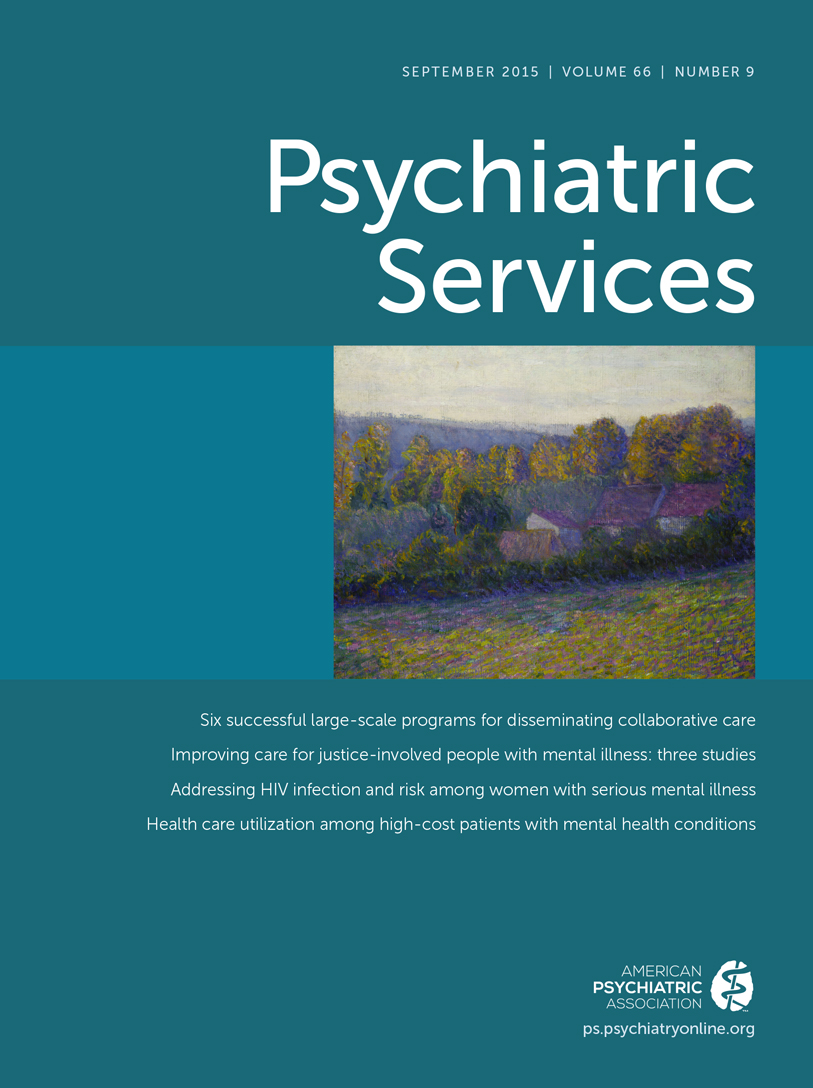Changes in Suicide Mortality for Veterans and Nonveterans by Gender and History of VHA Service Use, 2000–2010
Abstract
Objective:
Veterans are believed to be at high risk of suicide. However, research comparing suicide rates between veterans and nonveterans is limited, and even less is known regarding differences by history of Veterans Health Administration (VHA) service use. This study directly compared veteran and nonveteran suicide risk while for the first time differentiating veterans by VHA service use.
Methods:
The cross-sectional study analyzed data from 173,969 adult suicide decedents from 23 states (2000–2010) included in the U.S. Department of Veterans Affairs suicide data archive. Annual standardized mortality ratios (SMRs) were computed for veterans compared with nonveterans and for veterans who used VHA services compared with veterans who did not, overall and separately for males and females.
Results:
After the analysis controlled for age and gender differences, the number of observed veteran suicides was approximately 20% higher than expected in 2000 (SMR=1.19, 95% confidence interval [CI]=1.10–1.28), and this increased to 60% higher by 2010 (SMR=1.63, CI=1.58–1.68). The elevated risk for female veterans (2010 SMR=5.89) was higher than that observed for male veterans (2010 SMR=1.54). Trends for non–VHA-utilizing veterans mirrored those of the veteran population as a whole, and the SMR for VHA-utilizing veterans declined. Since 2003, the number of suicides among VHA-utilizing veterans was less than expected when compared directly with the suicide rate among non–VHA-utilizing veterans.
Conclusions:
Veterans are members of the community and, as such, are an important part of observed increases in U.S. suicide rates. Not all veterans are at equal or increasing risk of suicide, however. VHA-utilizing veterans appear to have declining absolute and relative suicide rates.



